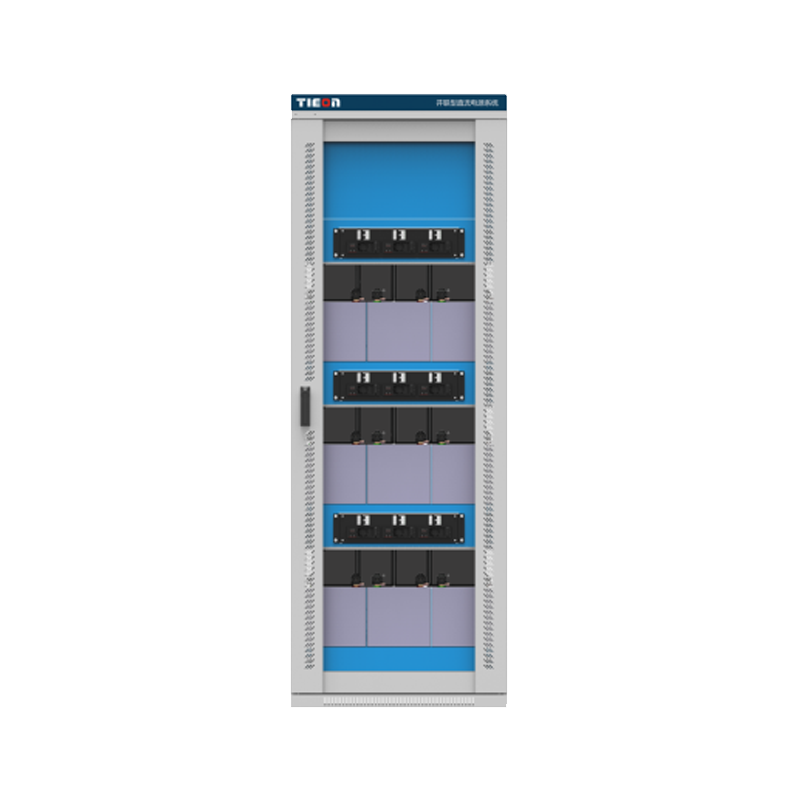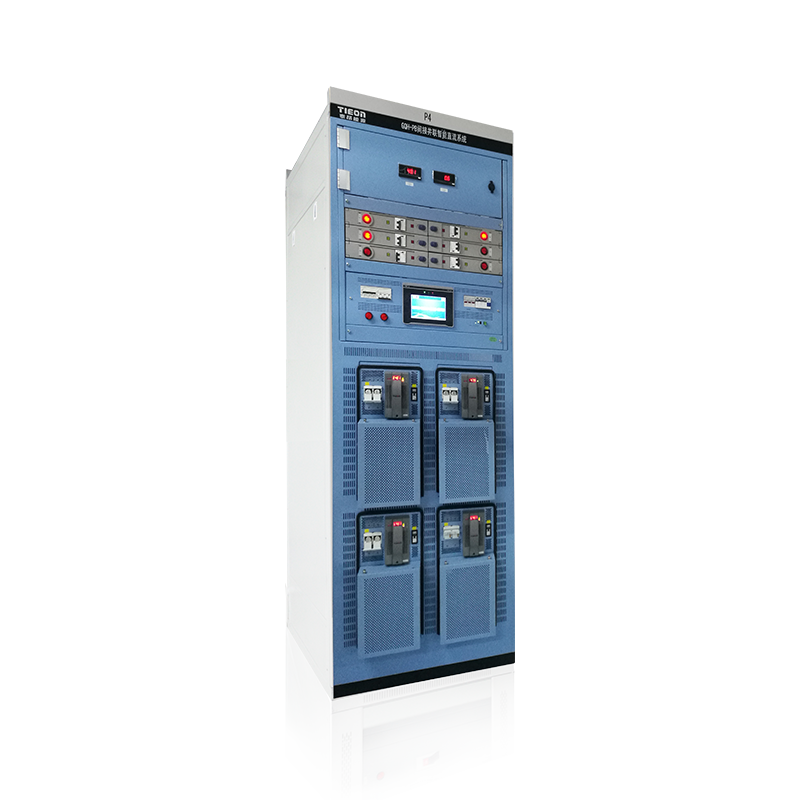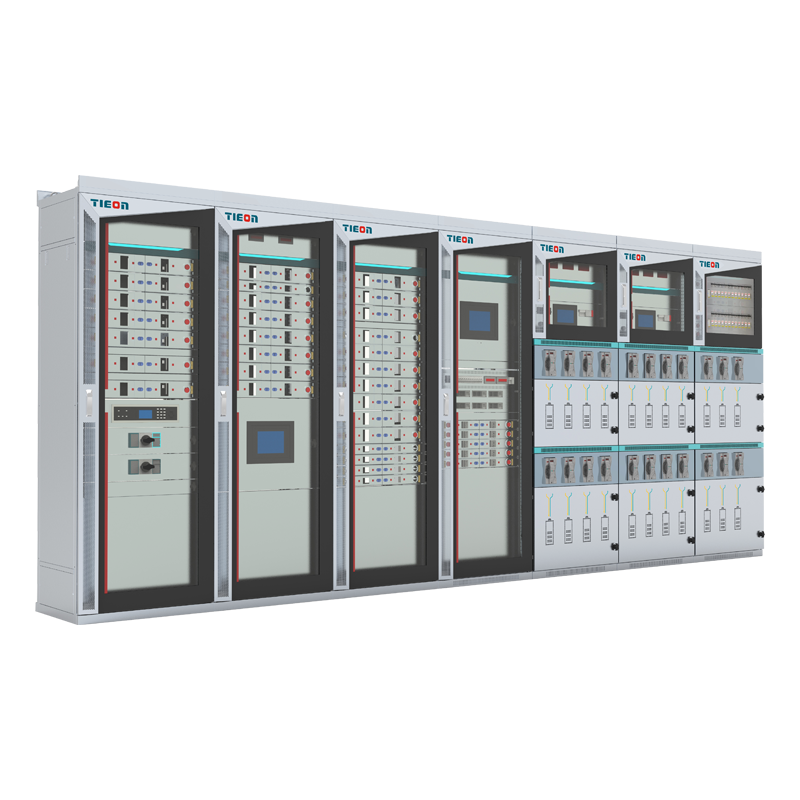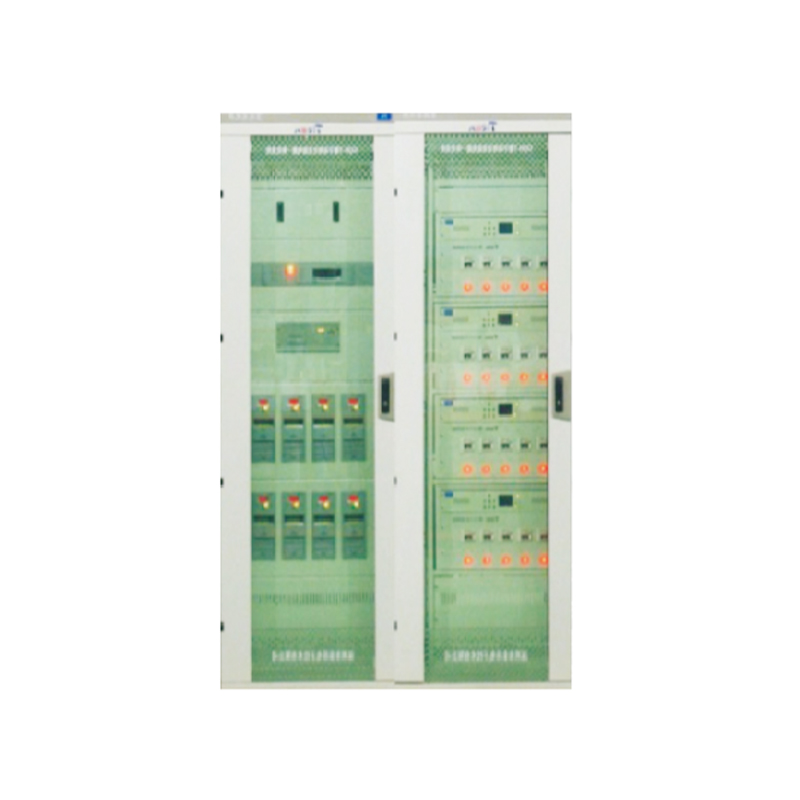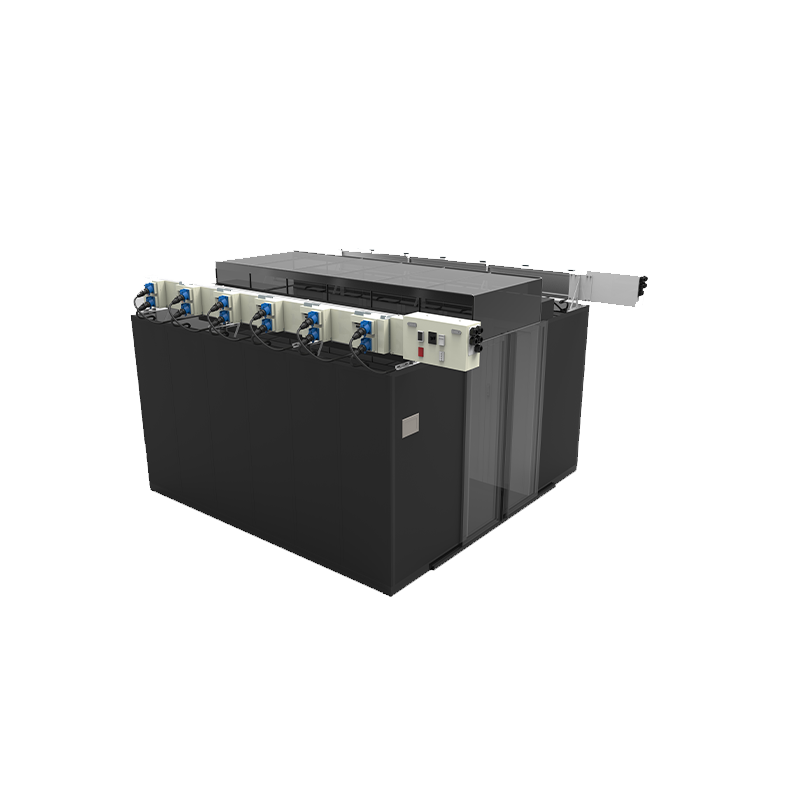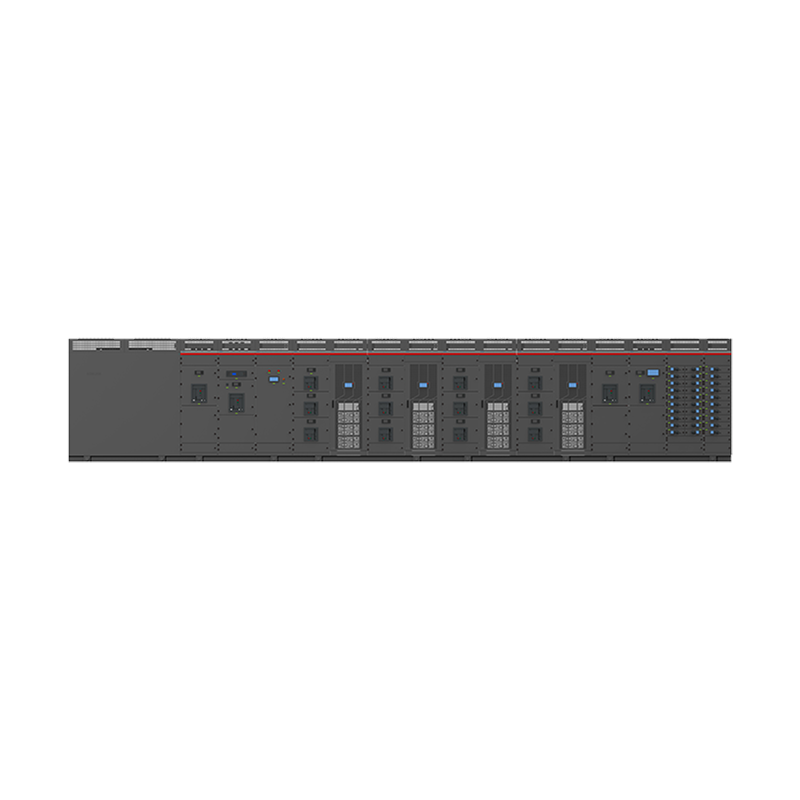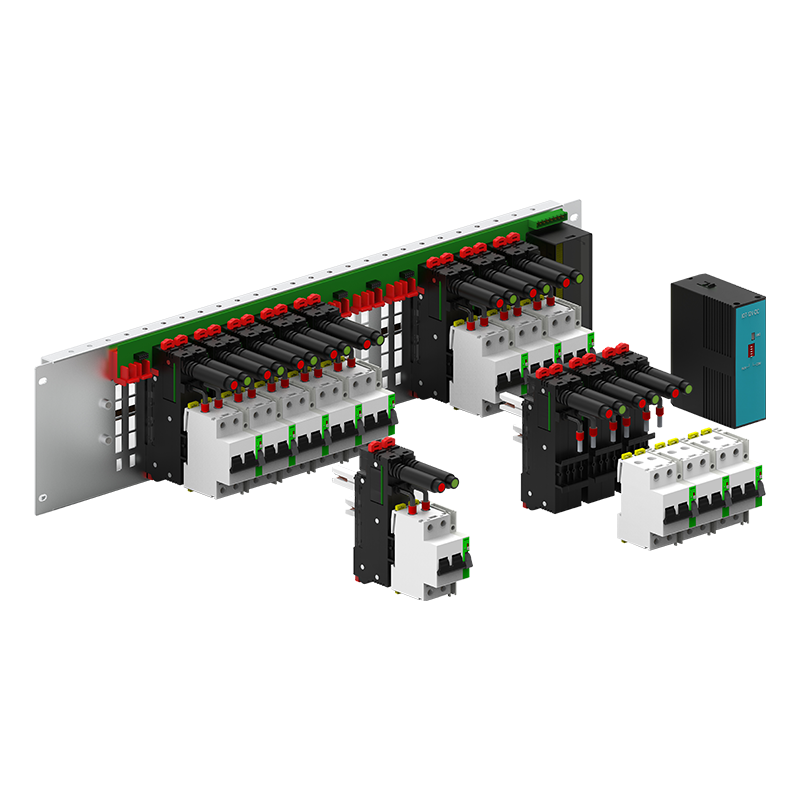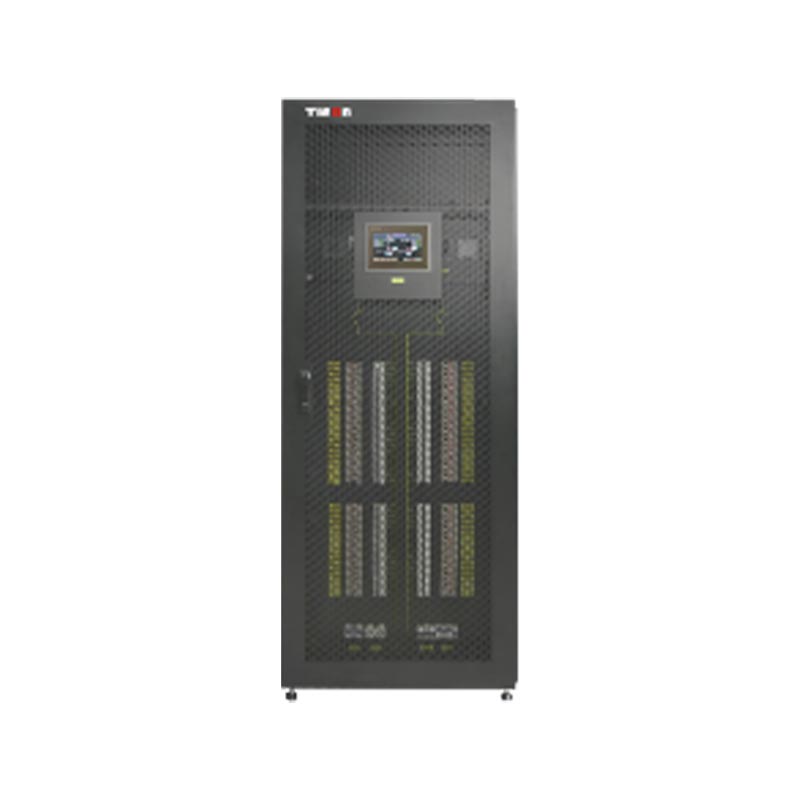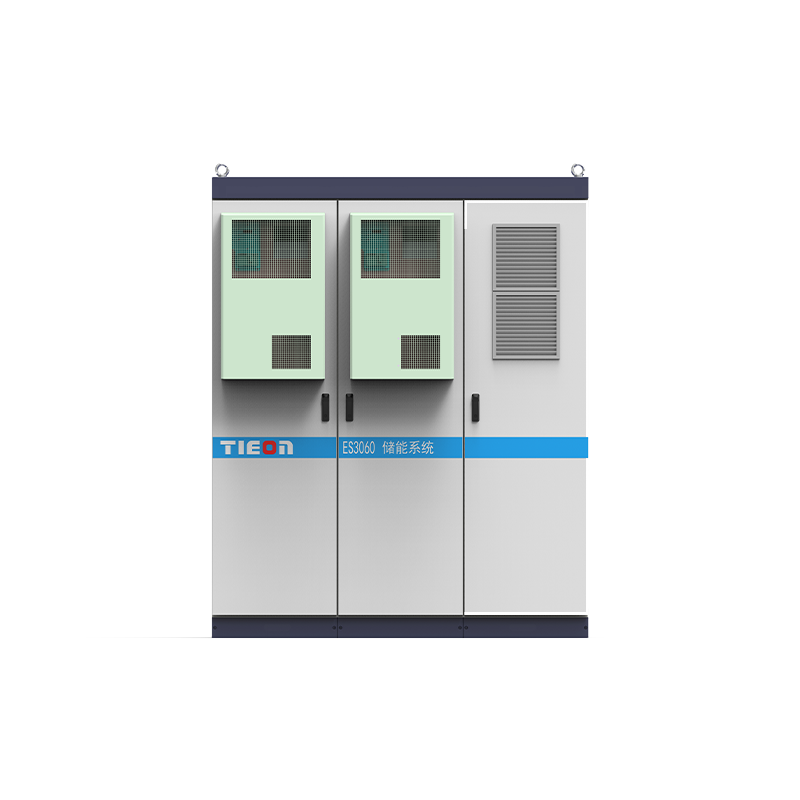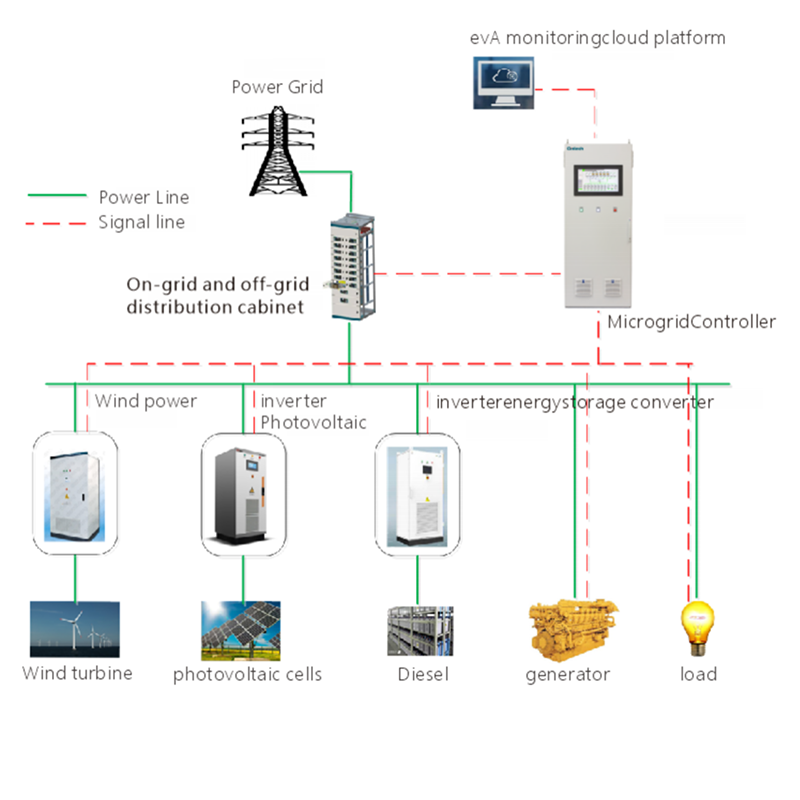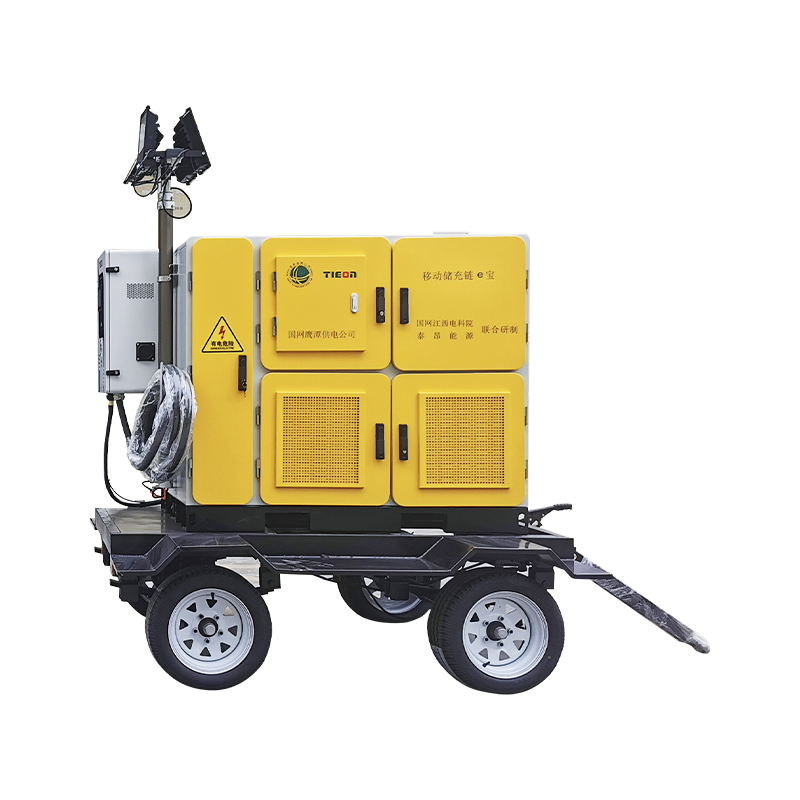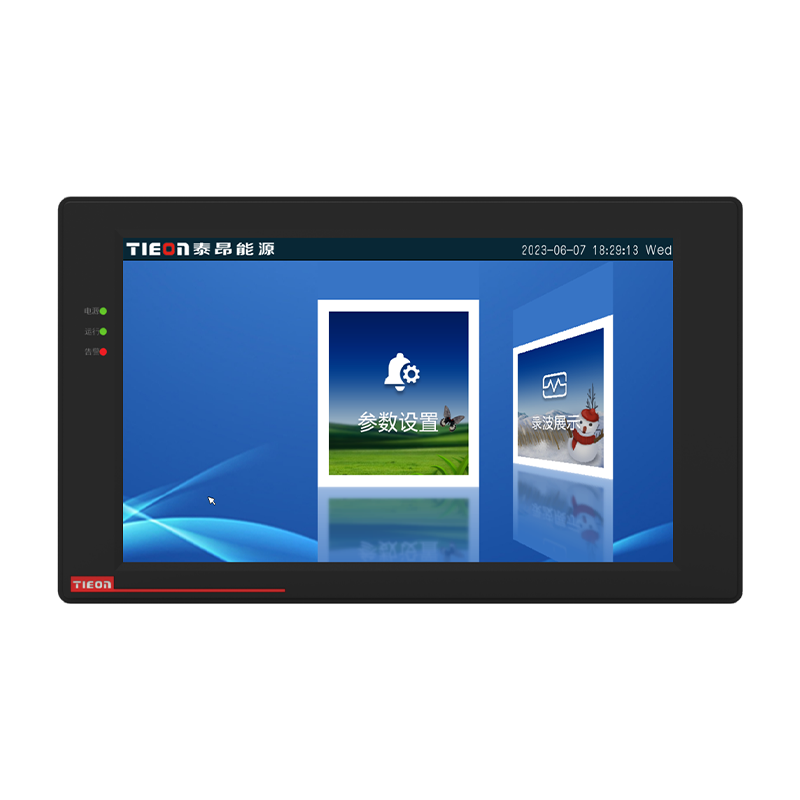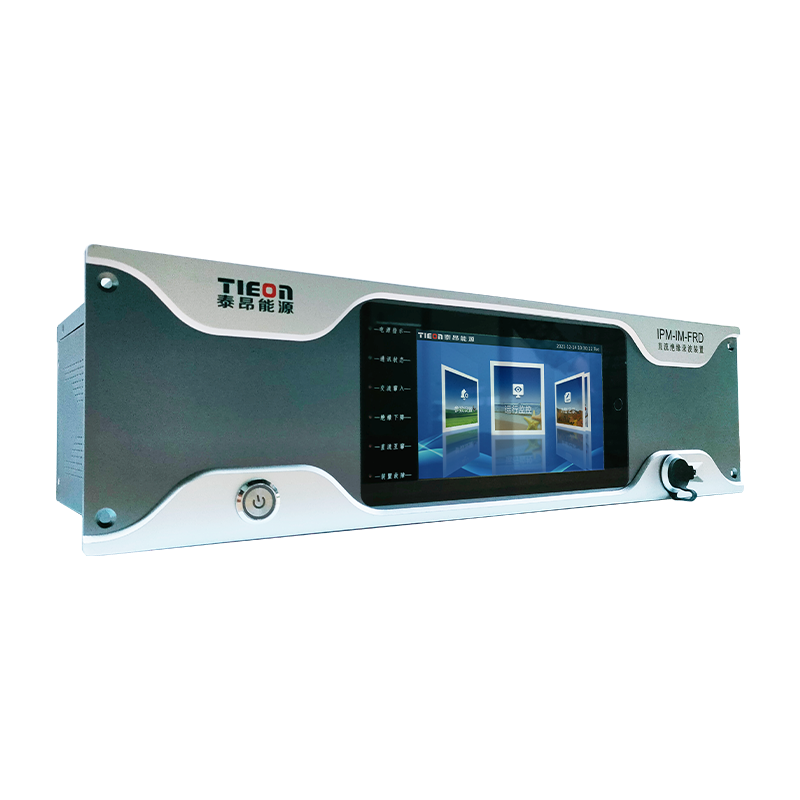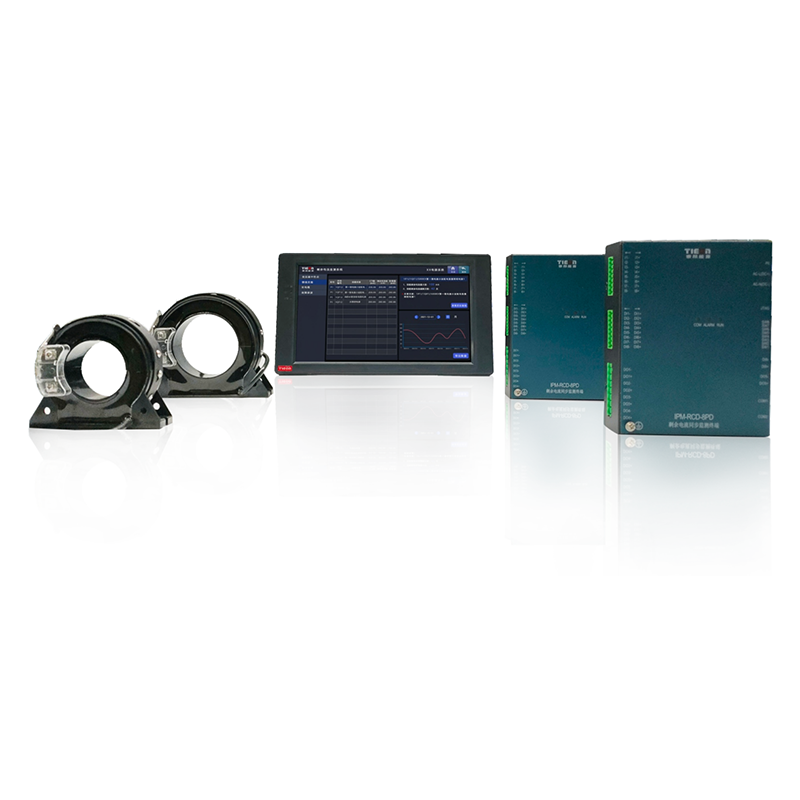Power distribution solutions refer to the systems, devices, and strategies used to efficiently and reliably deliver electricity from a source of power to various points of use. These solutions are critical in ensuring that electrical energy is delivered safely and effectively across residential, commercial, industrial, and utility-scale applications.
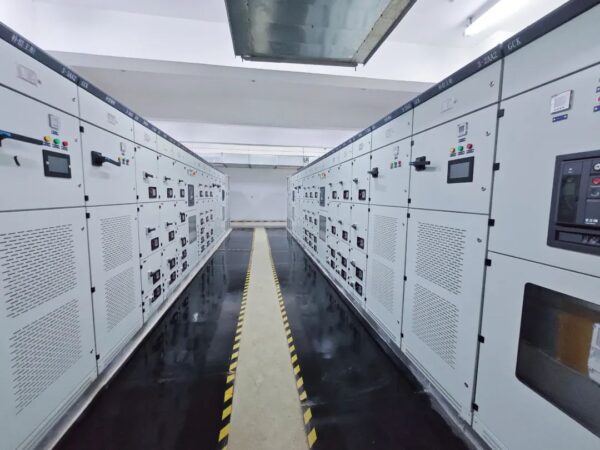
Key Components of Power Distribution Solutions
Primary and Secondary Distribution Centers (PDC)
A Primary Distribution Center (PDC) integrates functions such as power supply, control, communication, sensing, and actuation’s essential for advanced driver-assistance systems (ADAS) in modern vehicles.
Secondary Distribution Centers (PDC) are used for optimizing wiring harnesses by decentralizing the architecture of the electrical system.
Power Distribution Units (PDUs)
PDUs are devices that distribute power to multiple devices within a data center or other environments requiring multiple power outlets. They can also include features like surge protection and remote monitoring.
Switchgear
Switchgear includes circuit breakers, fuses, and switches used to control, protect, and isolate electrical equipment. It ensures safe operation and maintenance of electrical systems.
Cabling and Wiring Systems
Proper cable management and routing are crucial for ease of future maintenance and safety. The selection of cables depends on the voltage and current requirements of the application.
Monitoring and Control Systems
Advanced monitoring systems provide real-time data on the status of the power distribution network, including voltage levels, current flow, and fault conditions. This helps in predictive maintenance and quick response to issues.
Energy Management Systems (EMS)
EMSs are software platforms designed to monitor and optimize energy consumption. They can be integrated with smart meters, sensors, and automation systems to improve efficiency and reduce costs.
Renewable Energy Integration
Solutions for integrating renewable energy sources into existing grids, such as solar panels or wind turbines, require specialized inverters and controllers to manage the variable output of these sources.
Emergency Power Supplies
Backup systems like Uninterruptible Power Supplies (UPS) and generators ensure continuity of power during outages. These are especially important for critical infrastructure and services.
Safety Equipment
Protective devices like Ground Fault Circuit Interrupters (GFCIs), Arc Fault Circuit Interrupters (AFCIs), and surge protectors safeguard against electrical hazards.
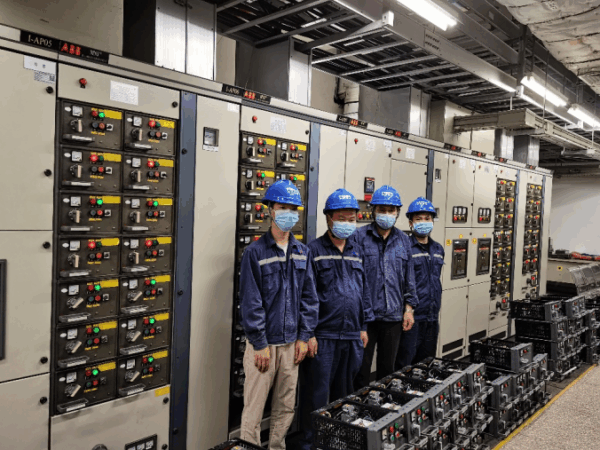
Applications
- Industrial Facilities: Ensuring reliable power distribution for machinery and processes.
- Commercial Buildings: Providing efficient and safe power to office spaces, retail stores, and other facilities.
- Data Centers: Guaranteeing uninterrupted power to servers and networking equipment.
- Residential Areas: Safe and efficient distribution of electricity to homes.
- Transportation: High-reliability power distribution systems for electric vehicles and rail systems.
- Utility Grids: Smart grid technologies for better integration of renewable energy sources and improved grid reliability.
Conclusion
By leveraging these components and strategies, power distribution solutions not only enhance the reliability and efficiency of electrical systems but also support sustainability goals through better energy management and reduced waste. Whether it’s upgrading an old electrical system or designing one from scratch, choosing the right combination of technologies and practices is key to achieving optimal performance and safety.

